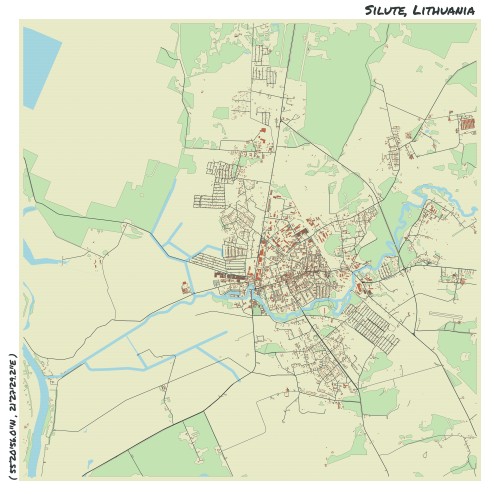Understand
Silute, a city located in the western part of Lithuania, near the Curonian Lagoon, offers a fascinating history and unique natural surroundings. Originally formed from the villages of ilokarema, Verdaine, and ibai, Silute has deep roots dating back to the 13th century. In 1511, the establishment of a tavern named ilokarema marked the beginning of Silute's development. This remote inn soon attracted fishermen, merchants, and craftsmen, leading to the growth of the surrounding area. In 1923, the three villages were officially merged and named ilut after the original tavern. Silute is part of the Pomeranian region, also known as Pamarys or Pamario kratas, which stretches along the Nemunas River and the Curonian Lagoon. This region is known for its picturesque floodplain spring meadows, the majestic algiris forest, and the captivating Rusn island, Vent, and Kintai. One of the highlights of the area is the Nemunas Delta Regional Park, established in 1992. This park encompasses part of the Nemunas Delta, featuring the breathtaking Vent Cape and the serene island of Rusne. The park is a haven for birdwatchers, as it lies along the Arctic-European-East African bird migration route. In 1929, a bird ringing station was founded here, contributing to the study of avian migration. The Pomeranian region faces the challenge of regular floods. In order to protect the population, extensive embankments and pumping stations have been constructed. The Rusne overpass, completed in 2019, ensures year-round communication for Rusne residents, despite the seasonal flooding. To explore Silute and the surrounding area, visitors can seek information and assistance from the ilut Tourism Information Center. Located at Lietuvinink St 4, the center is a valuable resource for discovering the best attractions and activities in Silute. For a more in-depth exploration of the Nemunas Delta Regional Park, visitors can reach out to the Nemunas Delta Regional Park headquarters, situated at Kurmari St 13 in Rusn.








Comments
NO COMMENTS